House Republicans are facing a major leadership change this year with the retirement of Speaker Paul Ryan, but even House Democrats may be due for a shakeup at the top if they fail to win back the House.
Here’s who has a chance, who’s on the outside, and who might just be able to surprise Washington by leapfrogging the rest and taking over in the House of Representatives.
REPUBLICANS
MOST LIKELY
Majority Leader Kevin McCarthy, R-Calif.
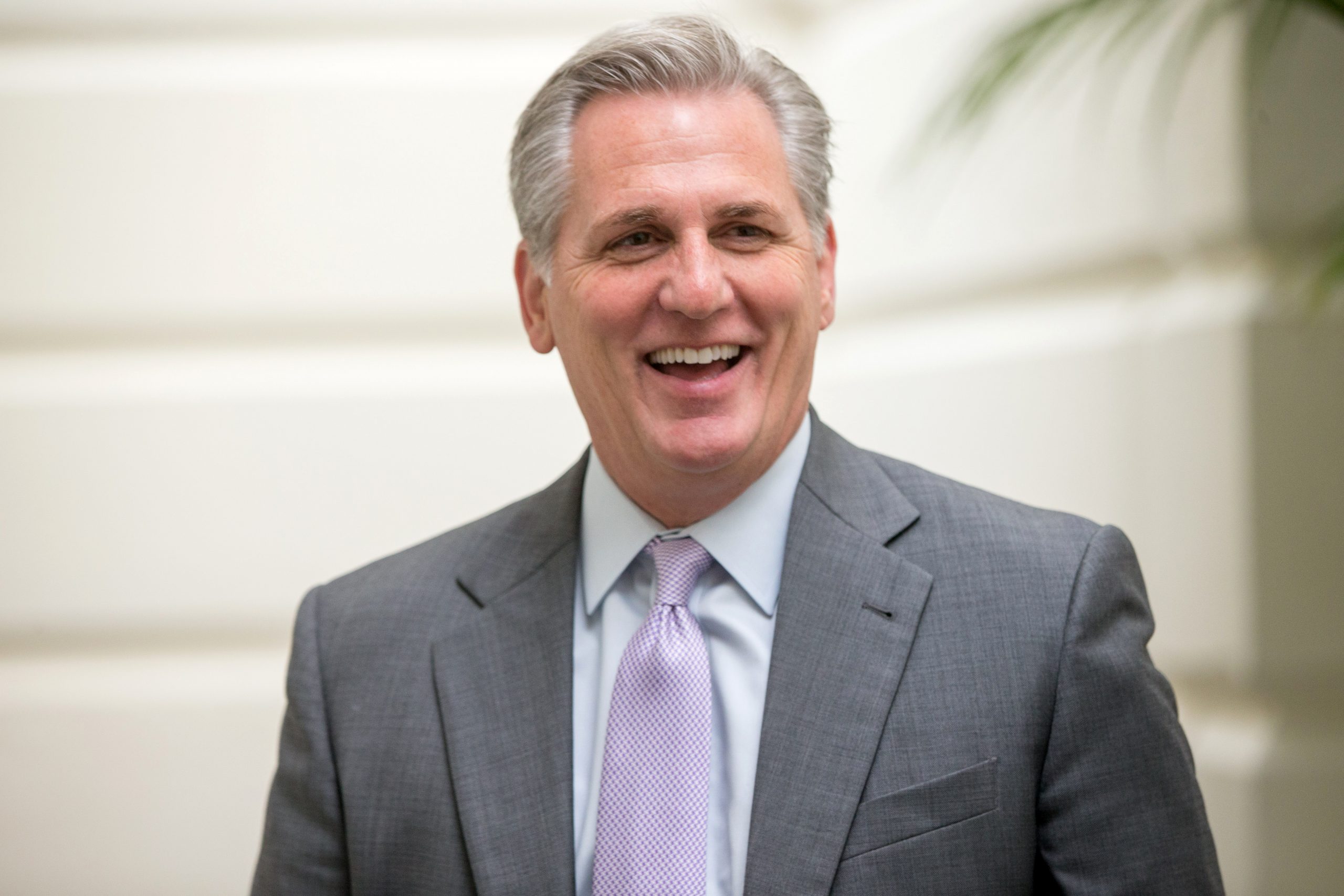
McCarthy, 53, is the current favorite to succeed Ryan and has the current speaker’s endorsement. Other than Ryan, McCarthy has raised the most money for candidates and members, reporting an $8.75 million haul in the first quarter of 2018.
McCarthy has served as majority leader since 2014 and has grown into the position, building close relationships with rank-and-file Republicans along the way.
But status at the top of the list is weakened by a few factors.
McCarthy abandoned his first bid to become speaker in 2015, which ultimately led to Ryan agreeing to take on the role. McCarthy lacked the full backing of the conference, in large part because he is considered weak on political messaging. McCarthy could also lose support if Republicans lose the majority, which would raise the desire for a leadership shakeup, particularly from conservatives.
Chances he’ll be toppled after the election: 30 percent in majority, 85 percent in minority
Majority Whip Steve Scalise, R-La.
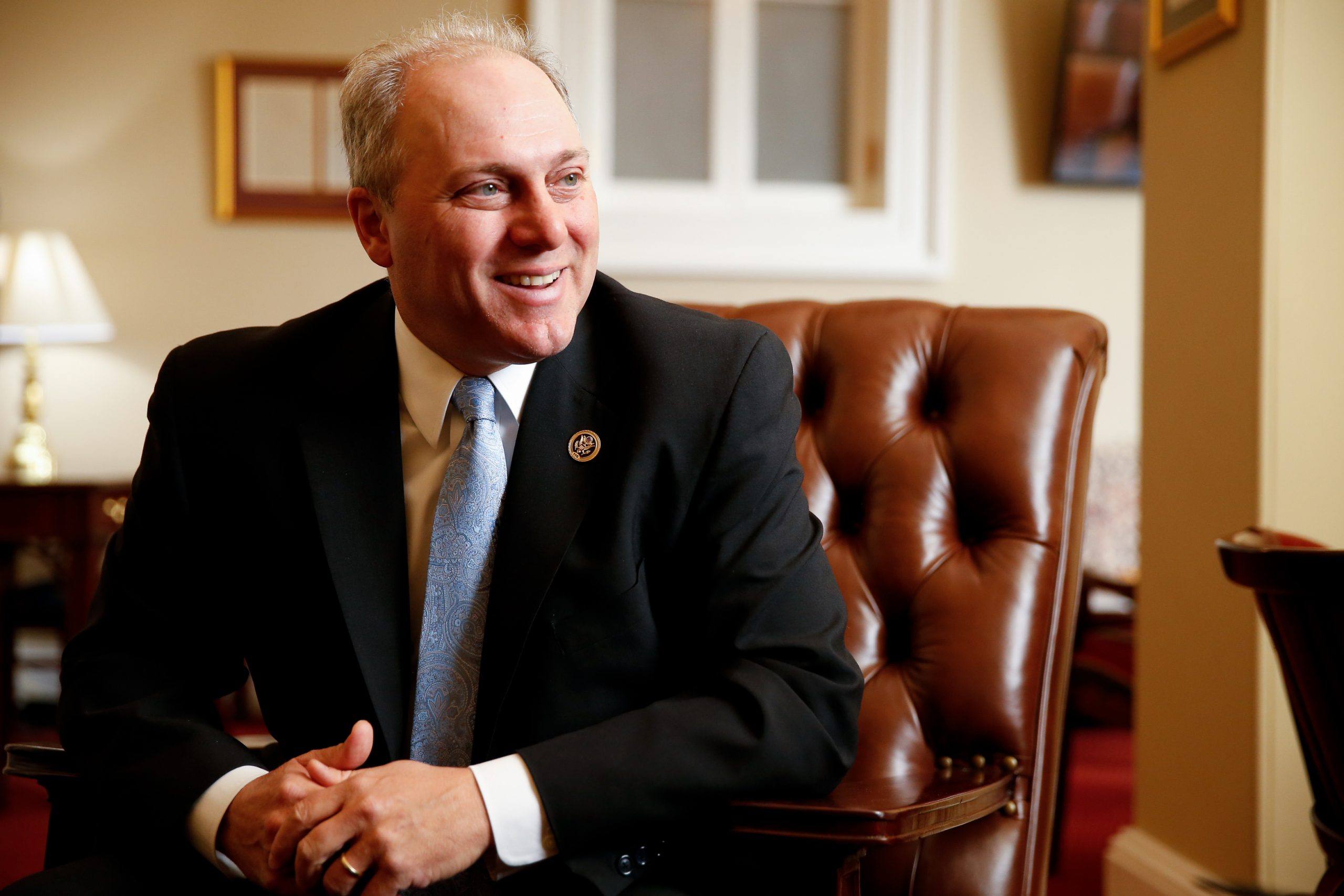
Scalise’s stock as a future speaker has risen dramatically over the past several years. Not only is he beloved by the rank and file in his role of majority whip since 2014, he is the former chairman of the largest House conservative faction, the Republican Study Committee, and perhaps more importantly is looked upon more favorably by the GOP conference’s most far-right faction, the House Freedom Caucus.
Lawmakers are awed by Scalise’s remarkable recovery from a near-fatal shooting in June 2017 by a deranged Democratic activist. Scalise, 52, ranks below McCarthy as the next likely speaker, but only because he declared he is backing McCarthy’s bid and not running for the job.
If McCarthy ultimately comes up short of the votes, Scalise will lead the pack. Scalise will also rise to the top of the list if the GOP loses the House majority, which would lead to demands for a more significant leadership shakeup.
Aside from McCarthy, Scalise is probably the only candidate who can win enough votes to lead the conference. Scalise raised $3 million in the first quarter of 2018 and gave more than $1.65 million to House GOP lawmakers and candidates running in 2018.
NOT LIKELY
Jim Jordan, R-Ohio
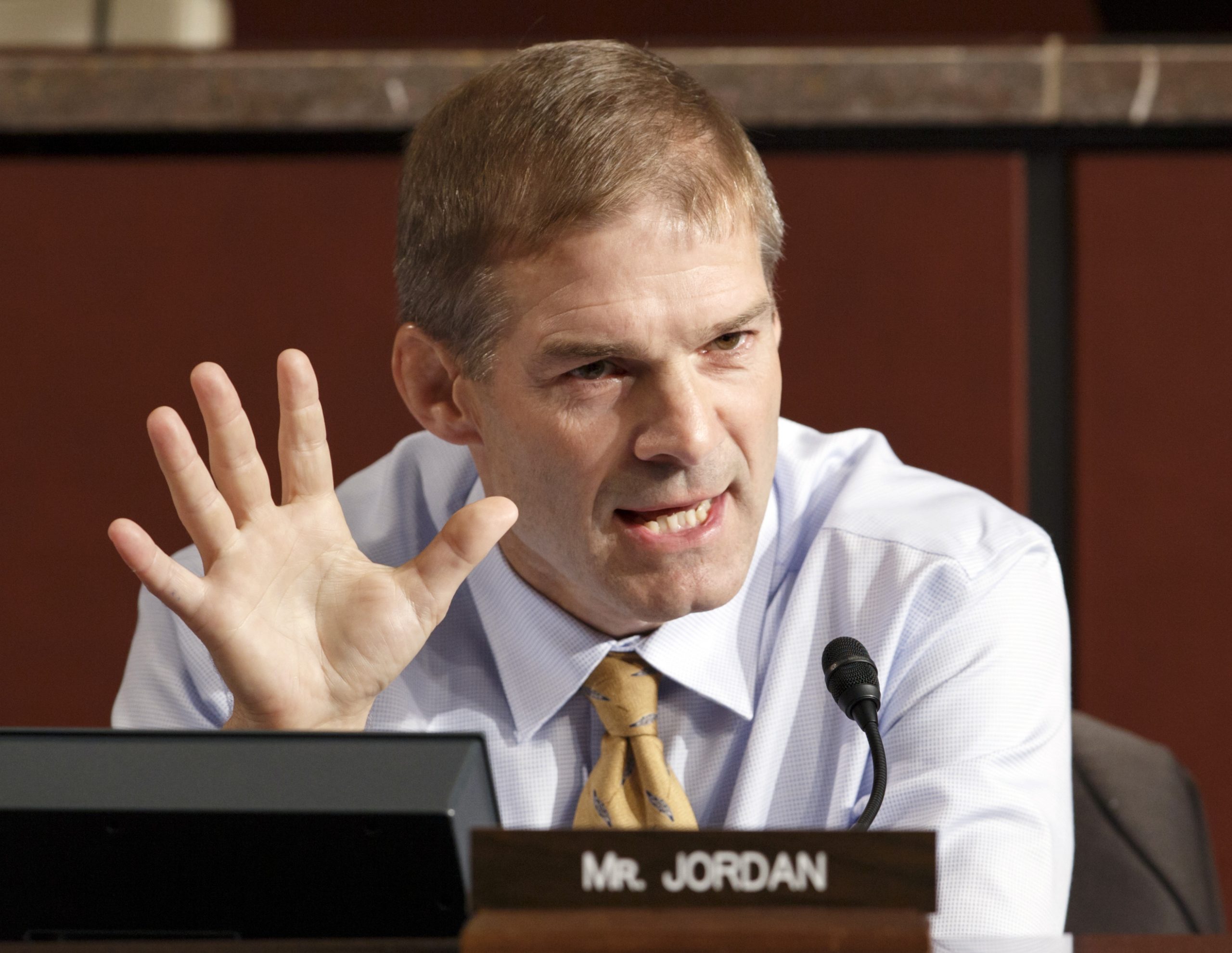
Jordan, 54, is beloved by members of the House Freedom Caucus, a faction of about three dozen conservative Republicans who consider the Ohio lawmaker one of their top leaders and as someone who has shown courage by trying to cajole the House GOP leadership into adhering to a more conservative agenda.
But beyond the Freedom Caucus, Jordan’s popularity fades quickly. His proud status as a Washington outsider has not helped him win favor with veteran rank-and-file Republican House lawmakers. Many Republicans blame the HFC and particularly its leadership for making it harder to pass important Republican bills and forcing negotiations with Democrats. They also blame Jordan for helping to steer the party into an unpopular government shutdown in 2013 by insisting the spending bill defund Obamacare.
Jordan’s limited fundraising will also hurt his chances. Raising money for fellow lawmakers and candidates has long been a key requirement for winning leadership positions. The speaker is considered the chief fundraiser. Ryan, for example, raised $40 million for House candidates and lawmakers for the upcoming election.
Jordan co-founded the House Freedom Fund, which has raised $1.6 million for 2018 candidates. But the funding is directed to like-minded conservative candidates who compete with GOP establishment candidates, not to the House GOP fundraising arm in general.
Mark Meadows, R-N.C.
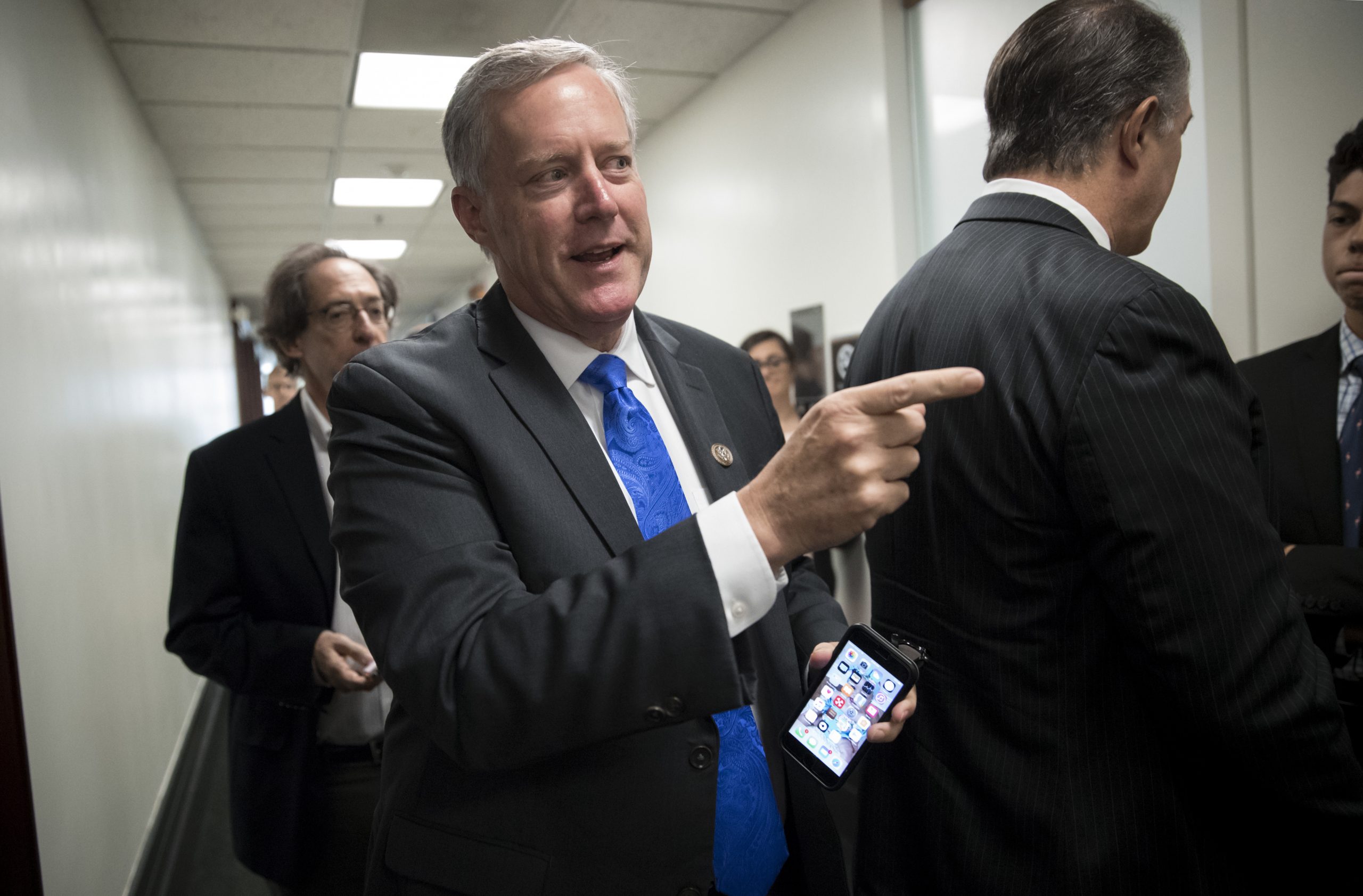
Meadows, a less prickly personality than Jordan, is the current Freedom Caucus chairman and a popular figure with the most conservative House Republicans. Meadows, 58, said he is not running for a leadership position. But his name will probably be back in the mix if Republicans lose the majority and it triggers calls for a leadership shakeup.
Meadows has worked over the past two years to build a bridge between the Freedom Caucus and House GOP leadership, while at the same time maintaining a relationship with President Trump. He has been a key player in passing an Obamacare repeal bill in the House and helped bring in the needed conservative support to pass tax reform.
Meadows, like Jordan, would probably have a difficult time winning enough GOP support beyond the Freedom Caucus to become the top Republican lawmaker in the House.
Meadows, along with Jordan, is a co-founder of the House Freedom Fund, which is aimed solely at increasing the size of the Freedom Caucus.
YOU NEVER KNOW
Cathy McMorris Rodgers, R-Wash., Republican Conference chairwoman
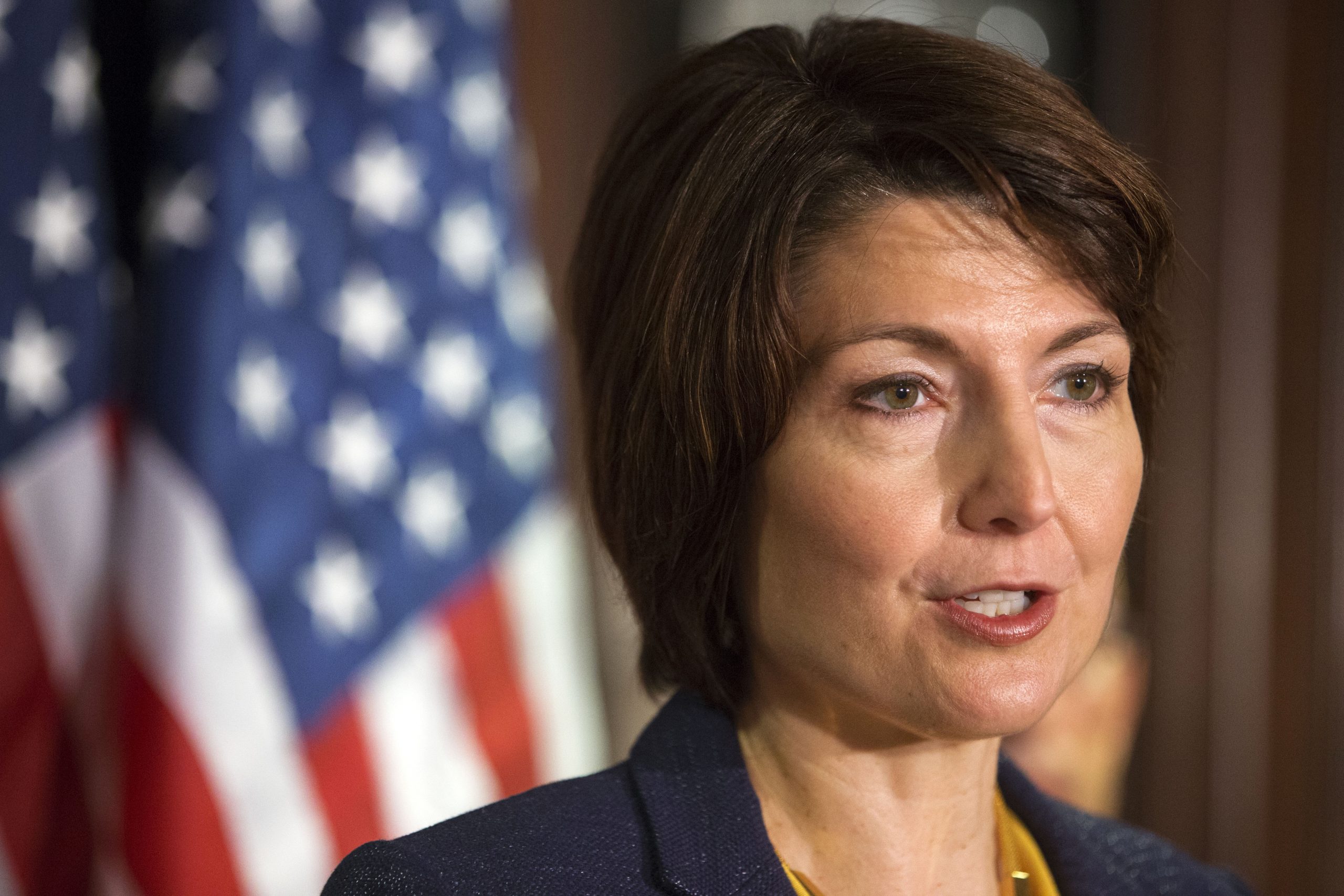
McMorris Rodgers is the top-ranking woman in the House GOP and is the tasked with messaging, a key role that has earned her ample praise from Republican rank-and-file.
McMorris Rodgers, 48, chairs the Republican Conference, which has helped her build relationships and provided national exposure promoting the Republican agenda.
Her status as a working mother of three (including a child with disabilities) could help bolster the GOP’s lackluster image with women if she rose to the top of the House GOP.
McMorris has not signaled any intention of running for speaker, but her name could end up in the mix if a leadership shakeup is demanded, or if, for some reason, McCarthy and Scalise are sidelined.
Patrick McHenry, R-N.C., chief deputy whip
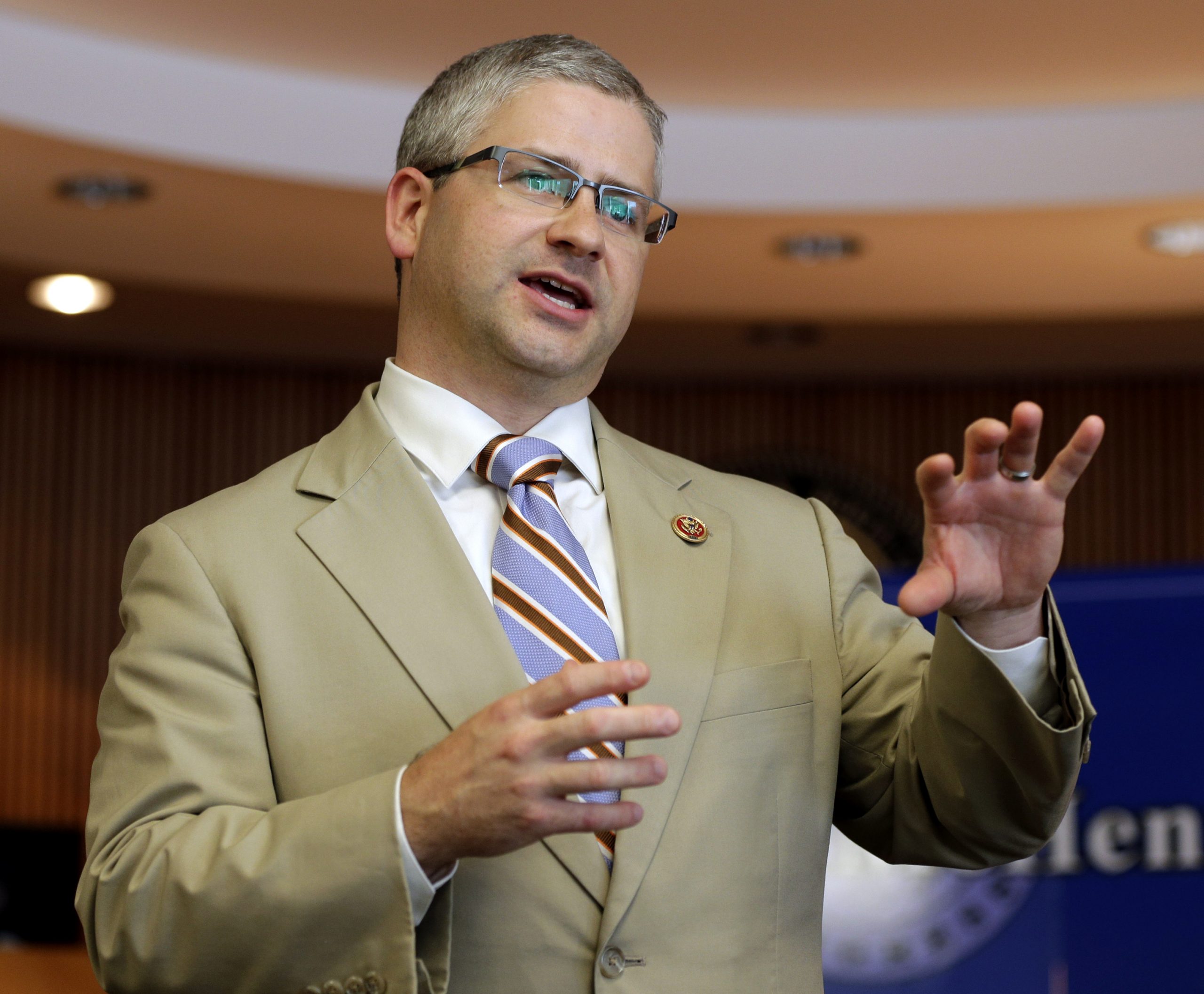
The ambitious chief deputy whip has spent years building his relationship with individual members through his vote-counting role, and he is poised to rise in the leadership ranks.
The question is when.
A Democratic takeover resulting in a leadership shakeup could position McHenry to take the helm in 2019 if for some reason McCarthy and Scalise don’t cut it.
There is precedent for the No. 5 Republican to leapfrog to the top: Former Speaker Dennis Hastert was serving as chief deputy whip when the Republican leadership unexpectedly collapsed after the 1998 midterm elections.
Hastert was viewed as the most viable GOP lawmaker capable of quickly winning the gavel. The otherwise obscure Illinois lawmaker easily won the speaker’s chair, where he remained for eight years, a party record.
DEMOCRATS
MOST LIKELY
Minority Leader Nancy Pelosi, D-Calif.
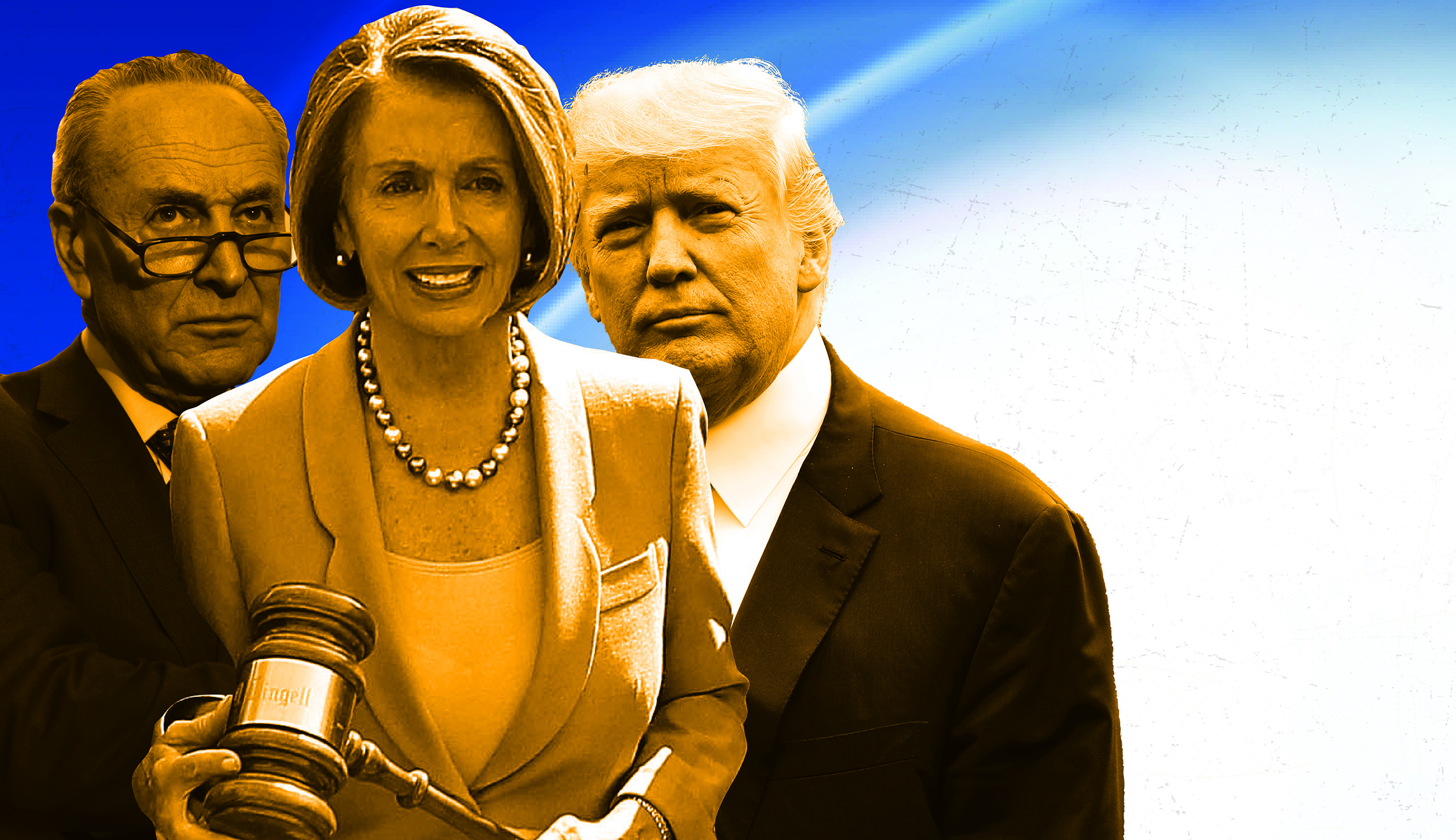
Pelosi, 78, is the former House speaker and chief party fundraiser, two factors that make her election to speaker the most likely among Democrats if the party wins back the majority in November.
In 2017, Pelosi raised nearly $50 million for Democrats. If Democrats win the majority in November, party lawmakers will give her much of the credit for helping to flip seats with strong campaign coffers.
Like McCarthy, however, Pelosi’s status at the top may be weakened by her age and tenure.
Some House Democrats say the current leadership should be replaced with younger lawmakers.
Pelosi has been a leader in the House Democratic Caucus for more than 16 years. She is known for her strong leadership skills that have played a critical role in advancing the party agenda. But her status as a staunch liberal has made her a national political target for Republicans.
And while Pelosi led the Democratic Conference to the majority in 2005, she also presided over the 2009 election wipeout that has left the party marginalized in the House minority for eight years.
Pelosi is most in jeopardy if Democrats stay in the minority, in which case she may quit.
But the determination that helped her bust into the all-male House leadership in the first place may also motivate her to hold onto power no matter what.
Chances she’ll be toppled after the election: 40 percent in majority, 70 percent in minority
Minority Whip Steny Hoyer, D-Md.
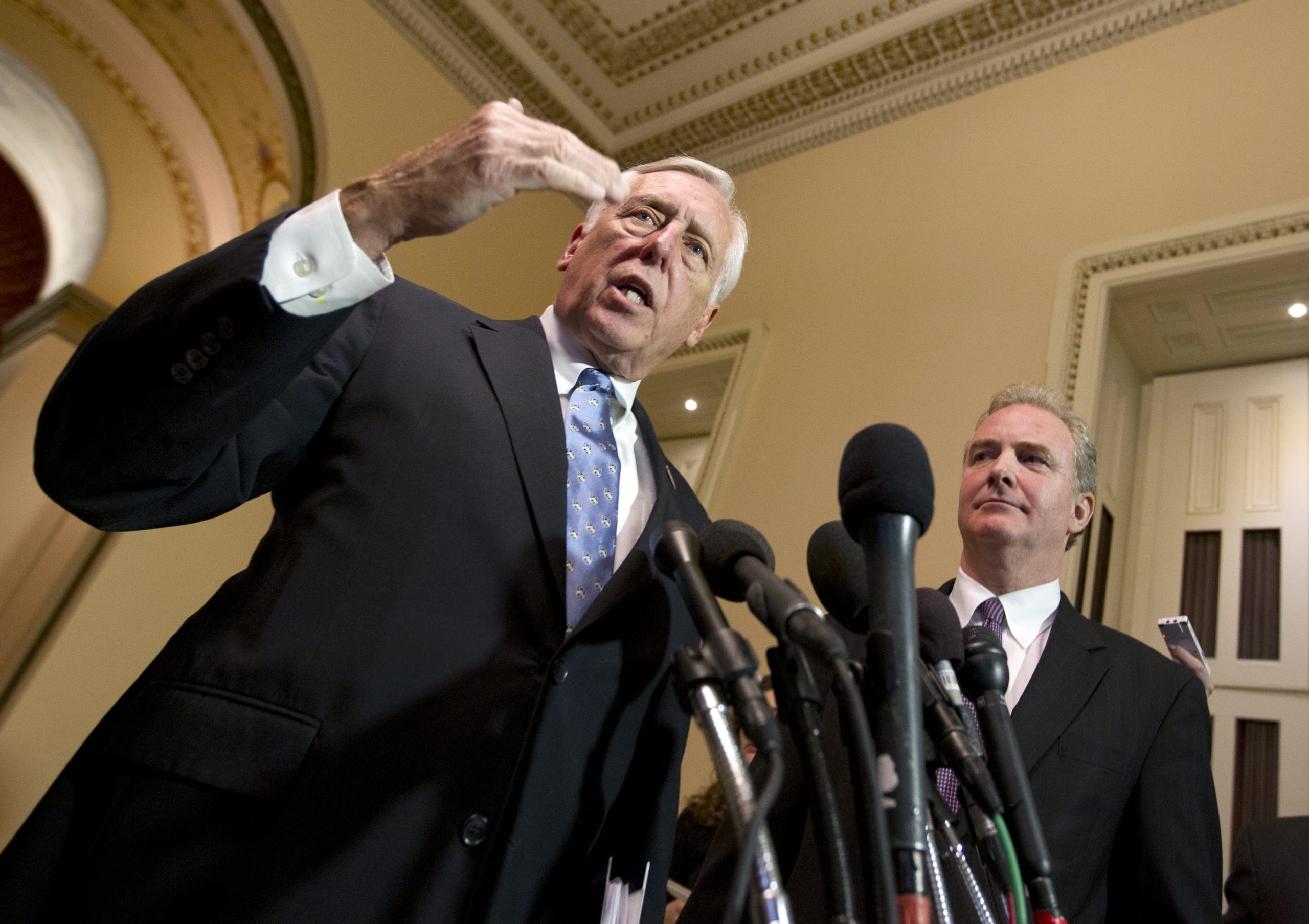
Hoyer, 79, has operated as Pelosi’s deputy since 2007, but he entered the leadership ranks beginning in 1989, making him a target for younger Democrats eager to see new faces running the party.
Like Pelosi, Hoyer has raised millions for House lawmakers and candidates ($5.5 million so far this election cycle) and he has spent years forging relationships with rank-and-file Democrats and candidates in his role as majority leader (2007-2011) and as minority whip, the job he currently holds.
But like Pelosi, Hoyer’s age and longevity could work against him if enough Democrats clamor for fresh faces at the top. That call will grow exponentially if the Democrats do not win back the majority.
Joe Crowley, D-N.Y., Democratic caucus chairman
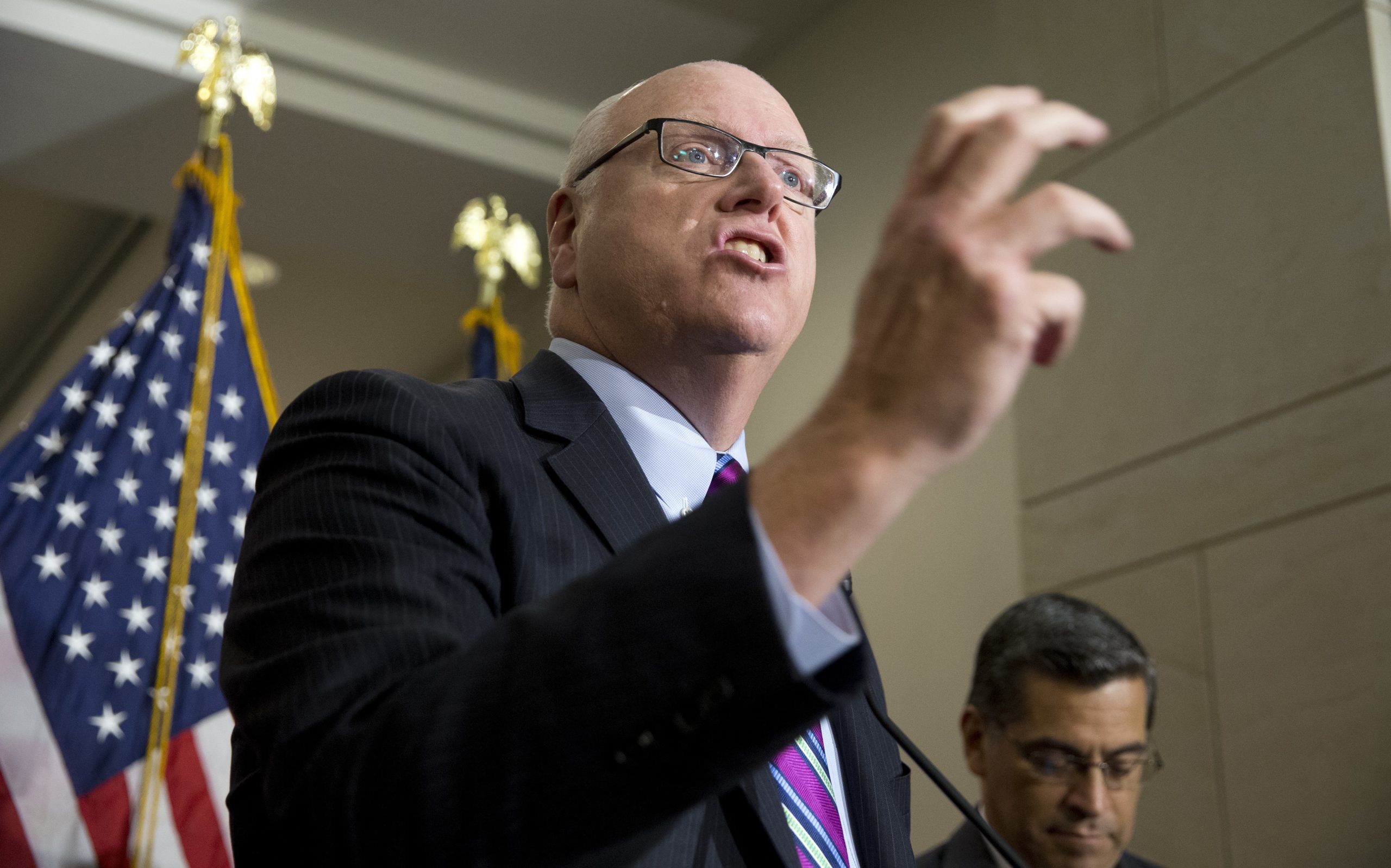
At 56, Crowley is the second-youngest person on the House Democratic leadership team and one of the most ambitious.
Crowley has been eager to advance his career in the House. He could easily leverage his longtime role in the leadership as well as his relative youth to win votes as the best person to replace Pelosi. It is not clear yet whether Crowley would challenge Hoyer, who has been an ally, and he may stand down if Hoyer launches a serious bid for the top job, especially if the Democrats win back the majority.
The New Yorker has many advantages if he decides to run. He’s more than two decades younger than Hoyer, and like Hoyer, has raised millions for Democratic candidates.
Crowley would also likely win the support of the 18 House Democrats from the New York delegation.
NOT LIKELY
James Clyburn, D-S.C., assistant Democratic leader
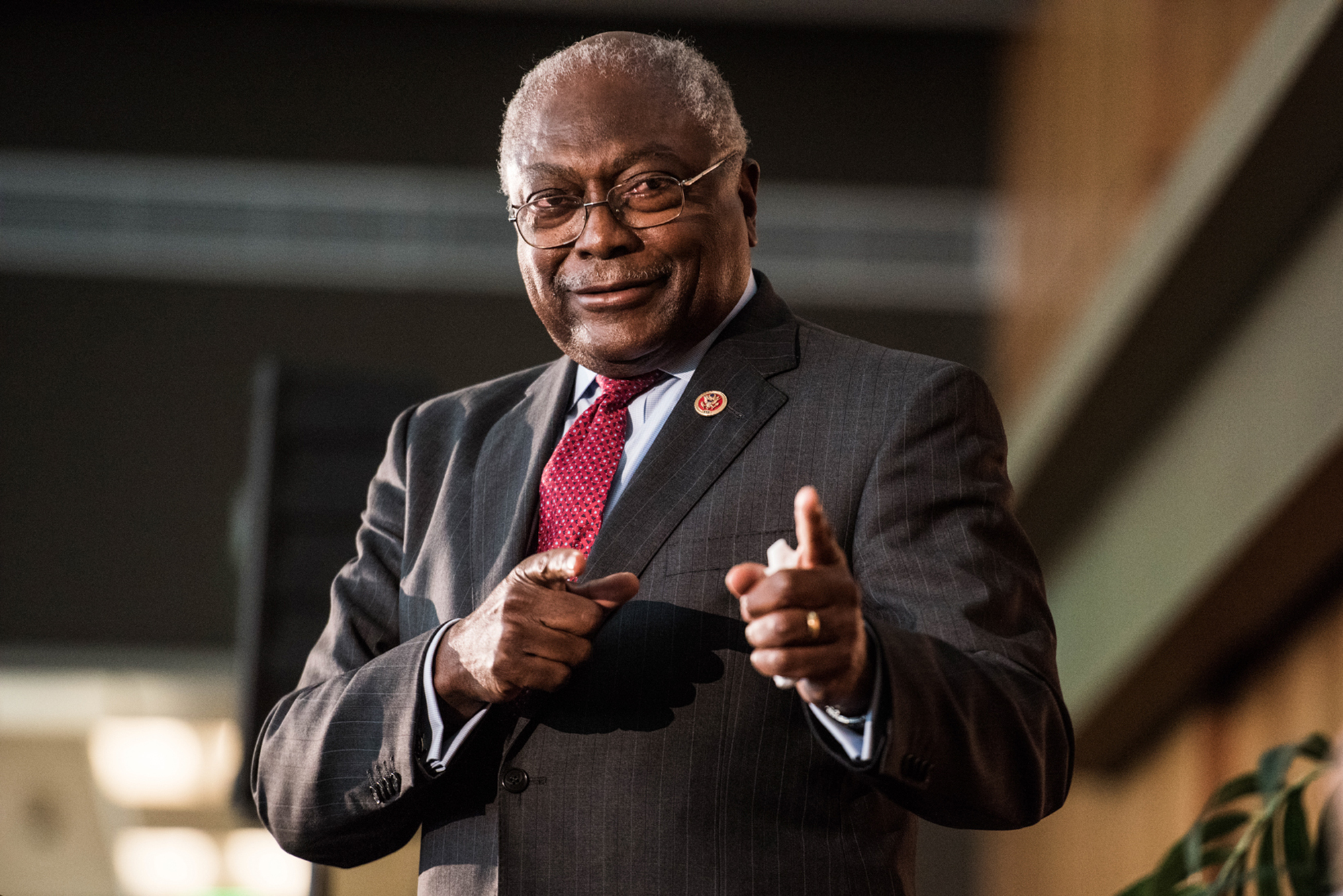
His status as a longtime leader and top African-American in House or Senate leadership make him a desirable candidate for speaker or majority leader, but like Hoyer and Pelosi, Clyburn’s age, 77, and tenure make him less attractive to younger Democrats who seek to break up the party’s leadership logjam.
Clyburn serves as assistant majority leader to Pelosi. He joined the leadership in 2003 as vice chair of the Democratic Caucus. He rose to majority whip in 2007. The job earned him praise for avoiding traditional arm-twisting in favor of softer negotiations, but he was also criticized for not acting tough enough as the whip to produce needed votes.
YOU NEVER KNOW
Tim Ryan, D-Ohio
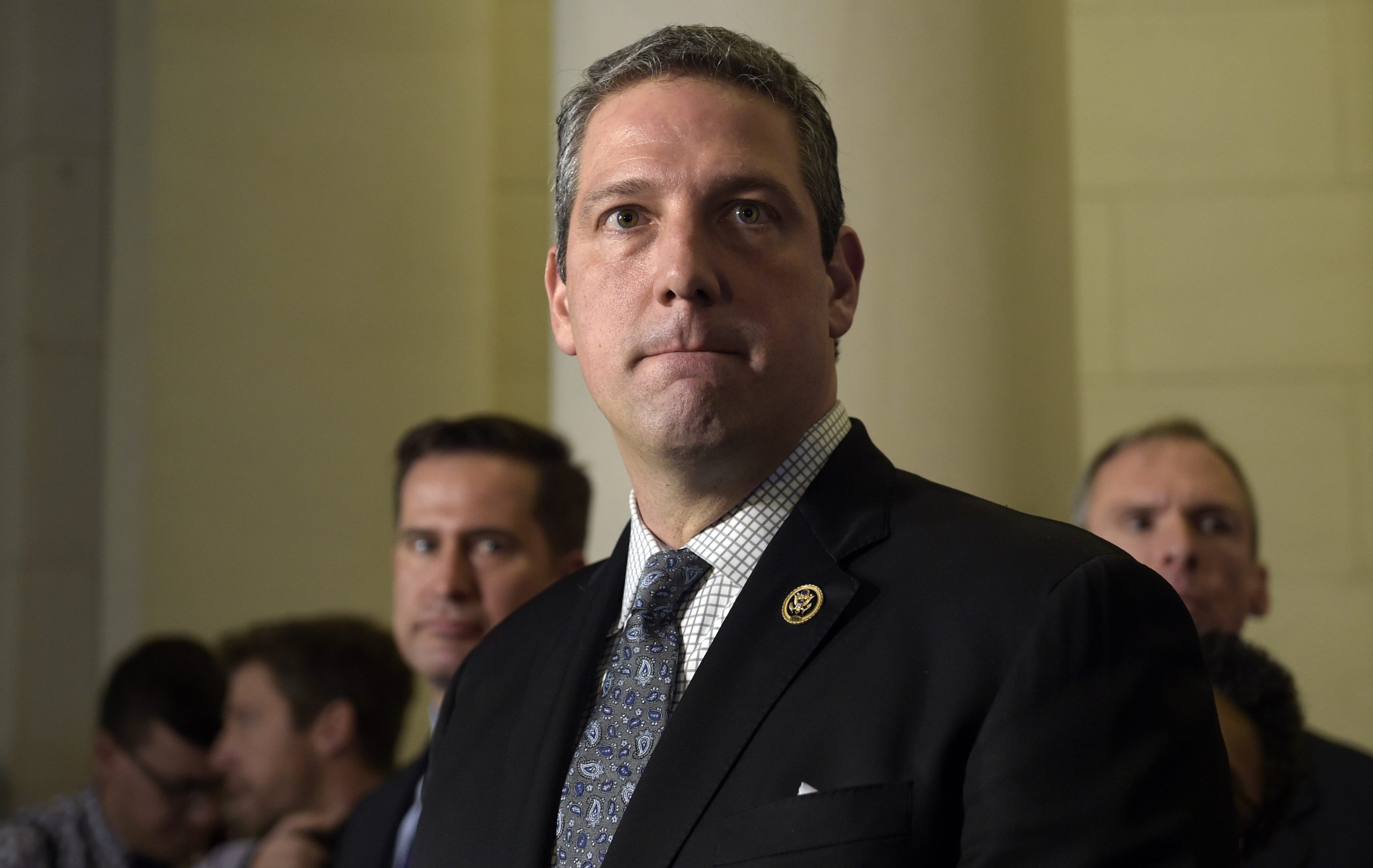
This Ohio Democrat said he is not currently interested in challenging Pelosi for the top job. But he took on the minority leader in 2016, arguing the party’s poor performance in the election requires a new message and new messengers to deliver it.
Pelosi defeated Ryan, but a significant 63 Democrats voted in favor of her challenger.
Ryan’s push for a stronger economic message would make him an appealing choice with a large swath of the Democratic caucus who believe the party agenda does not resonate with voters. At 44, Ryan would satisfy the growing demand for younger leadership.
Adam Schiff, D-Calif.
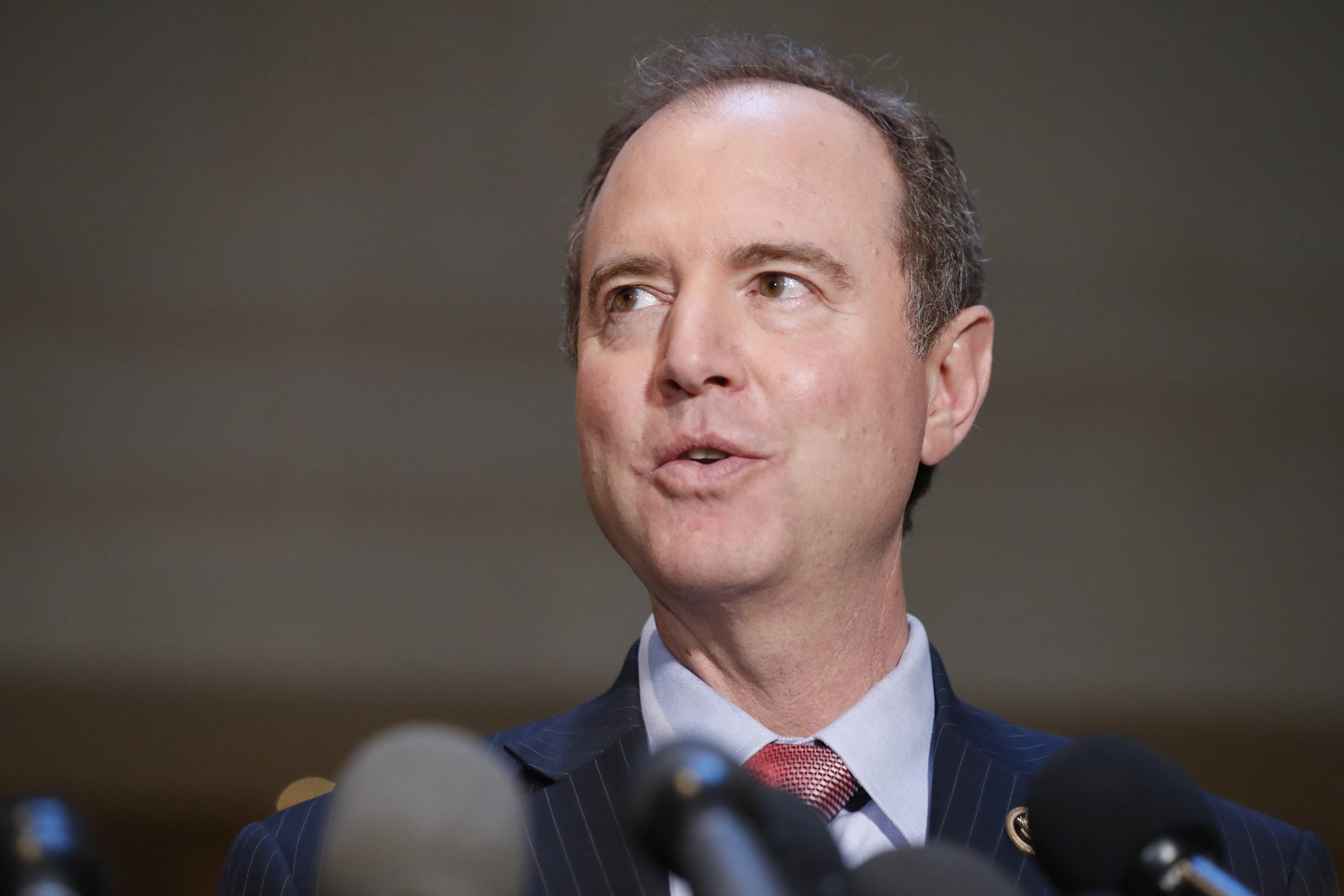
Schiff is the top Democrat on the House Intelligence Committee and has used his role on the panel to attack and undermine the legitimacy of the Trump presidency. The Californian is a regular on the cable news circuit and political talk shows, which has elevated his status in the party as a top Trump antagonist.
Most importantly, Schiff, 57, is among the lawmakers Pelosi hopes will one day succeed her if she ever retires, lawmakers have said. Her endorsement would give Schiff a distinct advantage over other lawmakers in the mostly liberal-leaning Caucus, as would the 39-member California delegation of House Democrats.
Linda Sanchez, D-Calif.
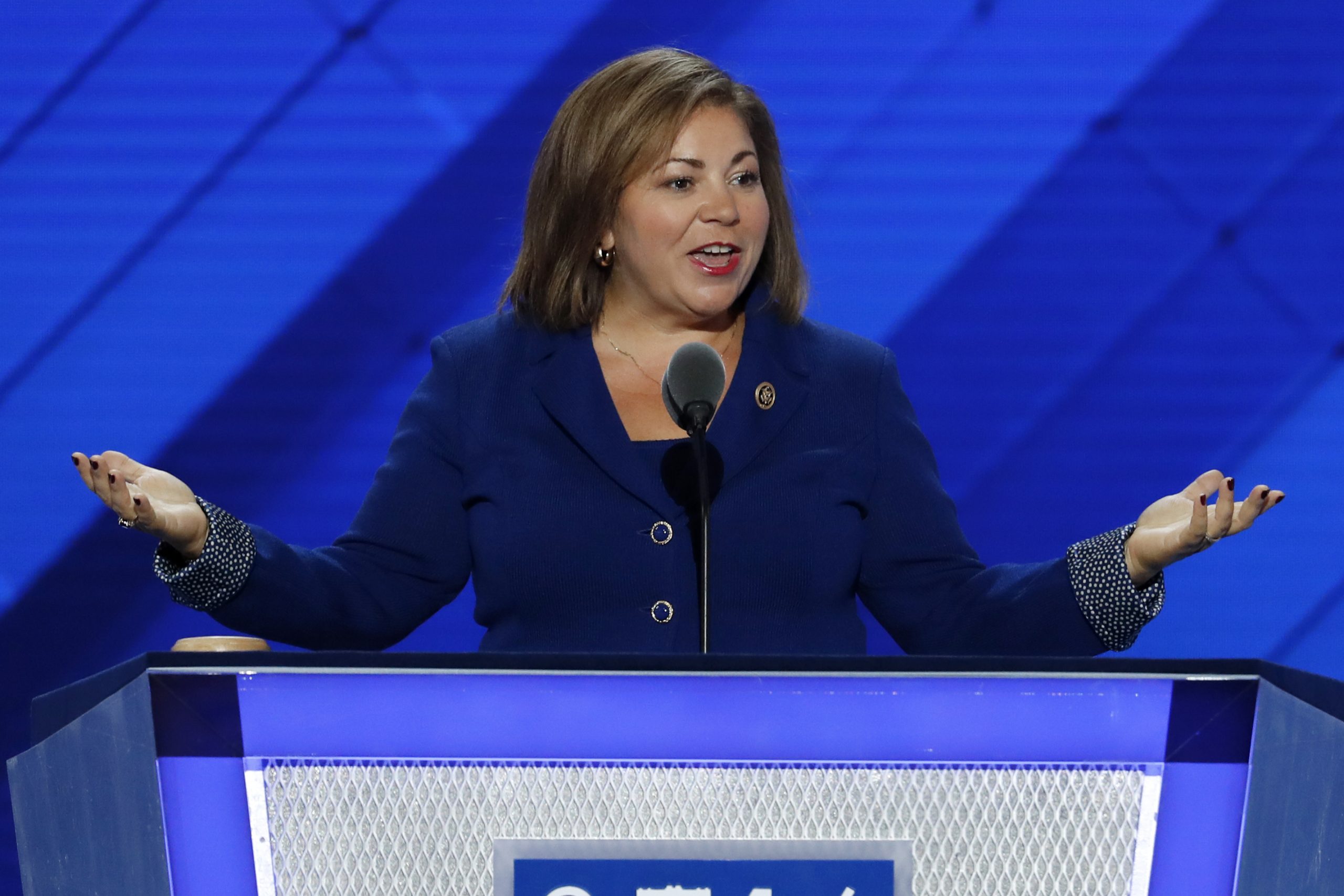
Sanchez is vice chair of the Democratic Caucus and is one of the few House Democratic lawmakers to publicly call for a leadership shuffle, telling C-SPAN in October, “It’s time to pass the torch to a new generation of leaders.”
Sanchez, 49, is the highest-ranking Hispanic woman in Congress currently and, like Schiff, is a Californian. Sanchez could leverage her leadership role, support from her delegation, and her membership in the Congressional Hispanic Caucus to attract significant support.
